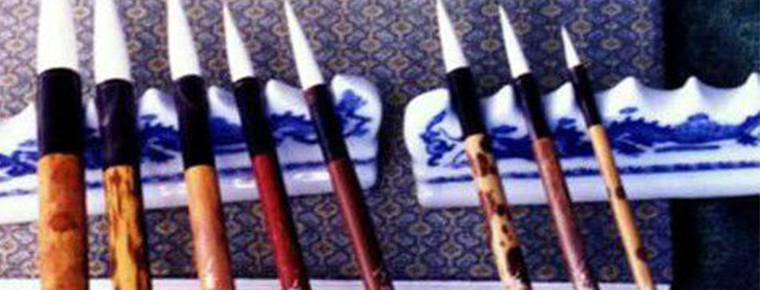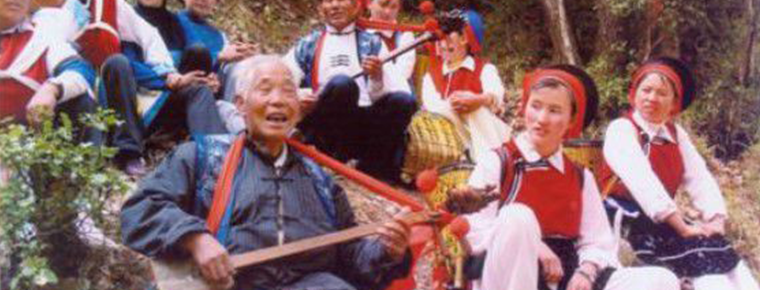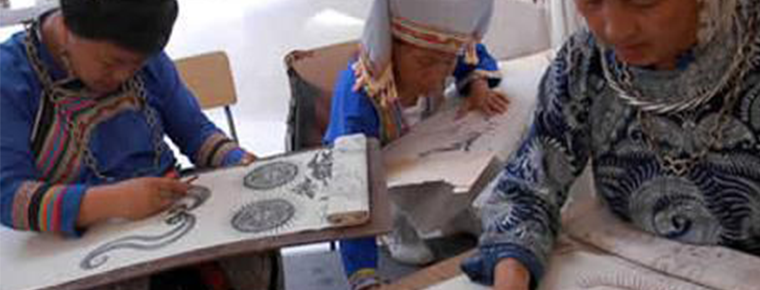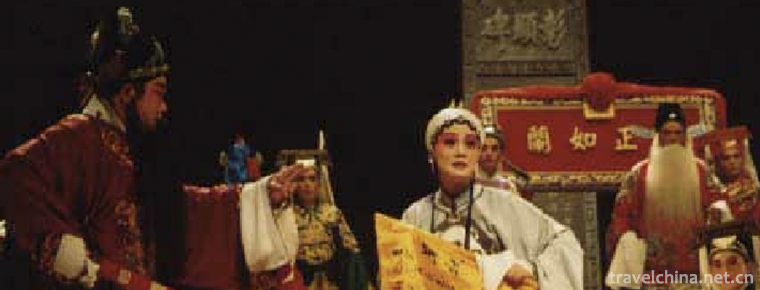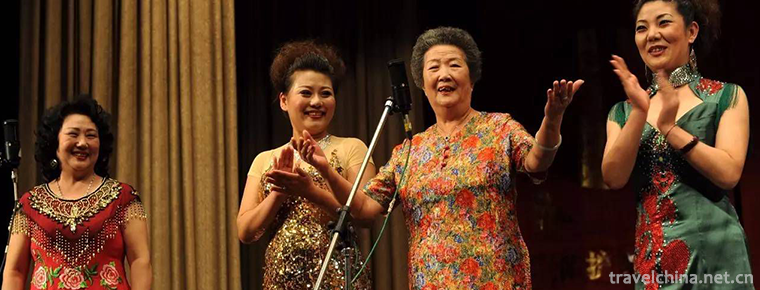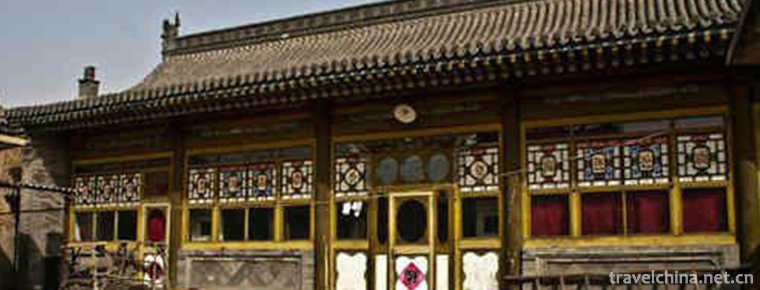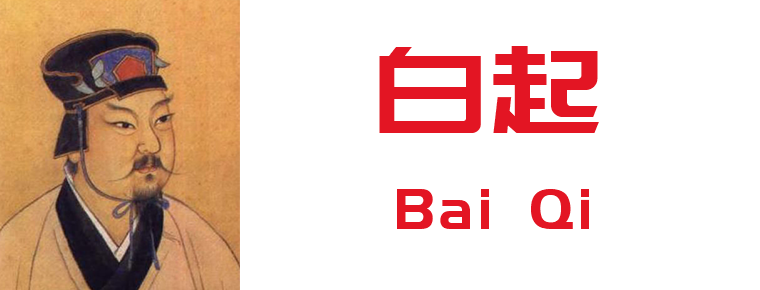University Of Science and Technology Beijing
University Of Science and Technology Beijing
Beijing University of Science and Technology was established in 1952 by the Department of Mining and Metallurgy of 6 famous universities in China, such as Tianjin University (formerly Beiyang University) and Tsinghua University. It has developed into a national key university directly under the Ministry of Education, which mainly focuses on work and coordinates the development of various disciplines, such as engineering, management, culture, economics and law. One of the institutions of higher learning. In May 1997, the first batch of universities entered the ranks of national "211 Project" construction universities. In 2006, the school became the first batch of "985 Project" dominant disciplines innovation platform to build universities. In 2014, with Beijing University of Science and Technology and Northeast University as the core universities, the "Iron and Steel Common Technological Collaborative Innovation Center" was successfully selected into the National "2011 Plan". In 2017, the school was selected as the national "double first-class" construction university. In 2018, the school was approved by the National Defense Bureau of Science and Technology and the Ministry of Education to Co-build colleges and universities.
Since its establishment in the past 67 years, the school has gradually formed a fine tradition of "rigorous style of study and advocating practice". It has trained more than 200,000 talents for the society. Most of them have become pillars and backbones in the fields of politics, economy, science and technology, education, especially in metallurgy and materials industries. Luo Gan, Liu Qi, Xu Kuangdi, Huang Mengfu, Fan Changlong, Guo Shengqi and Liu Xiaofeng, the leaders of the Party and the state, have all studied in the school. Another 38 alumni have been elected academicians of the Chinese Academy of Sciences or the Chinese Academy of Engineering. A large number of alumni have taken the leading posts of provincial governors and mayors, and a large number of alumni have served as China Yizhong, Anshan Iron and Steel Group and Bao. Chairman or General Manager of Wu Group, China Aluminum Industry, China Minmetals, China Steel Research and China Gold, etc. Schools are known as "cradles of steel".
The school is located in Haidian District College Road, Beijing, where universities gather. It covers an area of about 803,900 square meters (including Guanzhuang Campus). The total building area of the school is 970,000 square meters (including Guanzhuang Campus). The school has one national science center, one "Plan 2011" collaborative innovation center, two national key laboratories, two national engineering (technology) research centers, two national science and technology infrastructure platforms, two national international science and technology cooperation bases, 50 provincial and ministerial key laboratories, engineering research centers and international cooperation bases. Land, innovation and intellectual base, etc. Especially in 2007, as the first university directly under the Ministry of Education, the school took the lead in undertaking the national major scientific and technological infrastructure project, the research and evaluation facility of material service safety for major projects, and was responsible for the preparation of the national material service safety science center. More than 2.3 million volumes (pieces) are in the physical collection of the library. Periodically published journals such as Journal of Engineering Science, Journal of Beijing University of Science and Technology (Social Science Edition), International Journal of Minerals, Metallurgy and Materials, Ideological Education Research, Logistics Technology and Application, Metal World and Powder Metallurgy Technology.
The school consists of Civil and Resource Engineering College, Metallurgical and Ecological Engineering College, Materials Science and Engineering College, Mechanical Engineering College, Energy and Environmental Engineering College, Automation College, Computer and Communication Engineering College, Mathematics and Science College, Chemistry and Bioengineering College, Dongling School of Economics and Management, Grammar and Law College, Marx. The College of Doctrine, the College of Foreign Languages, the College of Higher Engineers, as well as the Graduate School, the Ministry of Sports, Guanzhuang Campus, the Institute of Integration and Innovation, Tianjin College, Shunde Graduate School and so on. There are 20 authorized points for doctoral degree in first-level disciplines, 30 authorized points for master's degree in first-level disciplines, 80 authorized points for doctoral degree in second-level disciplines, 138 authorized points for master's degree in second-level disciplines, and 8 authorized points for MBA (including EMBA), MPA, Master of Law, Master of Accounting, Master of Translation, Social Work, Cultural Relics and Museum and Master of Engineering. There are 16 postdoctoral research mobile stations and 53 undergraduate majors. School metallurgical engineering, material science and engineering, mining engineering, science and technology history of the four key disciplines at the national level is well known at home and abroad (in 2017, it entered the ranks of the world-class disciplines; in the fourth round of discipline evaluation, metallurgical engineering, science and technology history was evaluated A+, material science and engineering was evaluated A), Safety Science and engineering. Engineering, Environmental Science and Engineering, Control Science and Engineering, Power Engineering and Engineering Thermophysics, Mechanical Engineering, Computer Science and Technology, Civil Engineering, Chemistry, Foreign Language and Literature, Management Science and Engineering, Business Administration, Marxist Theory and other disciplines have strong strength. Mechanics, Physics and Numbers Basic disciplines and interdisciplinary disciplines such as science, information and communication engineering, instrumental science and technology, nanomaterials and devices, optoelectronic information materials and devices are bringing vigor.
By the end of 2018, there were more than 25,000 full-time students, including 13,683 undergraduates, 10441 postgraduates (including 7165 postgraduates and 3276 doctoral students), 912 international students and 71,449 continuing education students. There are 283 postdoctoral students in the station. Graduate education, full-time undergraduate education, higher vocational education and continuing education have formed a multi-level and relatively complete talent training system.
The school has a rigorous teaching staff. The total number of faculty and workers is 3368. There are 504 faculty and workers with senior professional and technical posts and 814 faculty and workers with deputy senior professional and technical posts, of which 1836 are full-time teachers. There are currently five academicians of the Chinese Academy of Sciences (two in two), six academicians of the Chinese Academy of Engineering (three in two), one member of the Academic Degree Committee of the State Council, five members of the disciplinary review team of the Academic Degree Committee of the State Council, three chief scientists of the 973 national projects, 15 experts with outstanding contributions at the national level and 10 experts at the provincial and ministerial levels. Fifteen specially appointed professors and five young scholars of the Yangtze River Scholars Award Scheme, 19 winners of the National Outstanding Youth Science Fund, 14 leaders of the Ten Thousand People Plan, 4 top young talents, 2 National Teaching teachers, 17 candidates for the National Ten Million Talents Project and 15 winners of the National Outstanding Youth Science Fund, There are 31 famous teachers in Beijing and 103 excellent talents in the new century.
The scientific research strength of the school is very strong. From 1978 to the end of December 2018, 7812 patents were applied for and 4630 patents were authorized. More than 2000 scientific research achievements were awarded at the national, provincial and ministerial levels, of which 176 were awarded at the national level. In 1999, 12 major scientific research achievements of Beijing University of Science and Technology were included in the List of Major Achievements Awarded by Chinese Universities in the Fifty Years of Science and Technology edited by the Ministry of Education, which ranked among the top universities in the country. According to the statistics of the Ministry of Education, from 1978 to 2011, the school won four first-class prizes for national scientific and technological progress, ranking fourth in the national universities. The achievements of the school's "Research on the Structure and Strength and Toughness of Bulk Amorphous Alloys" and "Basic Research on the Interface Regulation and Application of One-Dimensional Zinc Oxide" have clarified the natural phenomena, characteristics and laws in the basic research and applied basic research fields, and have made significant scientific contributions. Over the past five years, our school has been engaged in "Direct Forming Technology and Application of High Performance Continuous Casting of Copper-Aluminum Composites", "Research and Practice of Building Large-scale Digital Underground Metal Mine by High Efficiency Transition from Open-pit to Underground", "Research and Application of Compound Blowing Technology for Electric Arc Furnace Steelmaking", "Innovation and Industrialization of Key Technologies The batches of scientific research achievements have played an important role in the national economic construction, and have obtained enormous economic and social benefits. According to the data released in 2018, the number of papers published by teachers and students in 2017 by "SCIE" and "EI" ranked 31st and 21st respectively in national universities.
The school has continuously expanded the field of social services and development space, and signed comprehensive cooperation agreements with more than 150 provincial and municipal governments and large enterprises and institutions in China. Meanwhile, aiming at the world's leading edge and strengthening international cooperation, the school has established cooperative relations and substantive cooperation with more than 180 famous universities and scientific research institutions such as Aachen University of Technology in Germany, Oak Ridge National Laboratory in the United States and Oxford University in the United Kingdom.
With the basic task of training socialist builders and successors with all-round development of morality, intelligence, physical fitness, beauty and labor, the school pays attention to the cultivation of students'comprehensive quality, innovation and entrepreneurship. Every year, the school is appraised as an advanced unit of social practice in Colleges and universities throughout the country. The students of the school have won many honors in various competitions of the state and Beijing over the years. In particular, the student team has repeatedly played in the "Internet +" College Students' innovation and entrepreneurship competition, the Challenge Cup National Science and technology academic competition, the national youth entrepreneurship competition, the national university student intelligent car race, the national university student robot competition, the National College Students' Festival emission reduction and social practice competition. Achievements, MEI robot team, intelligent team has been awarded the title of "Xiaoping Science and Technology Innovation Team" for college students. The school actively creates a campus atmosphere of "science and art coexist, humanities and innovation coexist". The Student Art Troupe has won many good results, and the original school history drama "Blooming" has won the highest award of campus drama. Schools attach great importance to students'ideological and moral education and strive to create a campus cultural atmosphere that fosters students' patriotism, collectivism and socialist spirit. They have been awarded honorary titles such as "Beijing Civilized Campus", "Advanced Universities of Party Construction and Ideological and Political Work in Beijing" and "Standard Soldier of Capital Civilized Unit". In 2018, the school was selected as one of the first pilot universities in the Ministry of Education to carry out the comprehensive reform of "three-round education".
School sports level and mass sports activities enjoy a high reputation in Beijing and even the whole country. A number of elite athletes, coaches and sports officials, represented by Li Minkuan and Lou Dapeng, have emerged. Students'track and field team won several awards in the national and Beijing University competitions; women's basketball team won 12 consecutive championships in Beijing University League matches, and entered the CUBA National Top Eight in 2005. The school currently has about 82,000 square meters of modern sports venues. As the competition venue of 2008 Olympic Games and Paralympic Games, the school gymnasium has successfully completed four events of judo, taekwondo, wheelchair basketball and wheelchair rugby in Beijing Olympic Games. The team of the school gymnasium has been awarded the honorary title of "Advanced Collective of Beijing Olympic Games and Paralympic Games" by the Party Central Committee and the State Council.
Today, all the teachers and students of Beijing University of Science and Technology are confident and taking firm steps toward the goal of "building Beijing University of Science and Technology into a high-level research-oriented university with work as the main subject, coordinated development of engineering, management, culture, economics and law, moderate scale, outstanding characteristics, first-class in China and well-known in the world". Make progress.
(Update: April 2019)











-
Craftsmanship of Lake Pen
Hubi craftsmanship, the traditional handicraft of Shanlian Town, Huzhou City, Zhejiang Province, is one of the national intangible cultural heritage..
Views: 192 Time 2019-05-03 -
Lantern Opera
Flower lantern opera is a kind of traditional opera widely popular in China. Its prominent feature is that the hands are inseparable from fans and handkerchiefs, singing and dancing.
Views: 288 Time 2019-05-04 -
Jianchuan Opera
Jianchuan Baiqu is an ancient music variety with a long history and wide spread in Bai nationality area. It is mainly popular in Jianchuan, Eryuan and Tongdian, Jinding and Jiuhe of Lanping County, Nu.
Views: 308 Time 2019-05-05 -
Batik art
Miao batik technology, the traditional handicraft of Danzhai County, Guizhou Province, is one of the national intangible cultural heritage..
Views: 111 Time 2019-05-10 -
Wooden drum dance
Wood drum dance is a kind of folk dance that is spread among the Miao, Yi and Wa people in southwest China to dance and sacrifice by beating wood drum. Its drum shape is mostly to intercept the trunk .
Views: 198 Time 2019-06-06 -
Pingnanping Opera
Pingnanping opera is a kind of traditional opera with a history of 400 years. As the predecessor of Fujian opera, the main features of the opera are that Taobai singing uses Fuzhou Mandarin, the front.
Views: 330 Time 2019-06-09 -
Qiang sheepskin drum
Sheepskin drum dance, known as "Monasha", "Moldasha" or "Buzila" in Qiang language, is a kind of sacrificial dance performed by "Shibi" in legal activities, als.
Views: 173 Time 2019-06-10 -
Tianjin Timing
Tianjin tune originated from Ming and Qing Xiaoqu. It was formed in the late Qing Dynasty and spread in the early Republic of China. It was sung in Tianjin dialect. The performance form of Tianjin Dia.
Views: 370 Time 2019-06-20 -
Construction Techniques of Yanmen Folk House
Yanmen folk house construction technology is a traditional skill with local characteristics in Xinzhou, Shanxi Province. It was listed in the third batch of intangible cultural heritage list in 2011. .
Views: 129 Time 2019-07-10 -
Firing Techniques of Zibo Ceramics
During the Wei, Jin, Southern and Northern Dynasties, Zibo began to produce porcelain. During the Tang and Song Dynasties, the technology of making porcelain was constantly improving. During the Ming .
Views: 196 Time 2019-08-16 -
Bai Qi
White(Bai Qi)(? - 257 BC). He is a man in the village of Bai village, Chang Xing Town, Mei County, Shaanxi today. Outstanding military strategist and representative of "military strategist" .
Views: 131 Time 2019-09-11 -
Panzhihua from the Ming Dynasty to the Republic of China
In 1382, in the 15th year of Hongwu reign of the Ming Dynasty, the Xuanwei Department of paloros put Yunnan under the jurisdiction of Sichuan Chengxuan political envoys. In this place, there is another commander's Department of Sichuan Xingdu, which leads the lawsuits.
Views: 88 Time 2020-12-14
